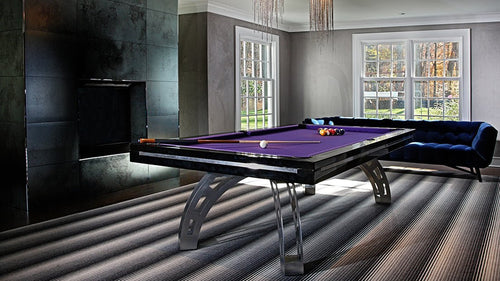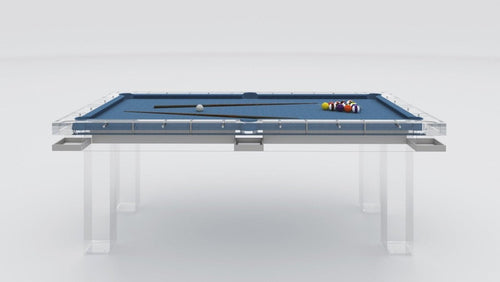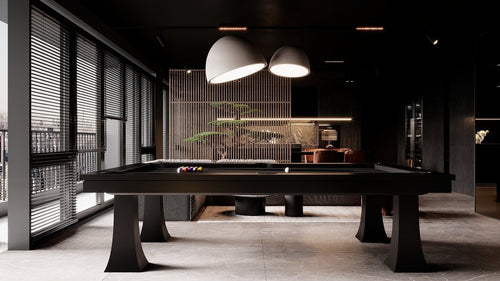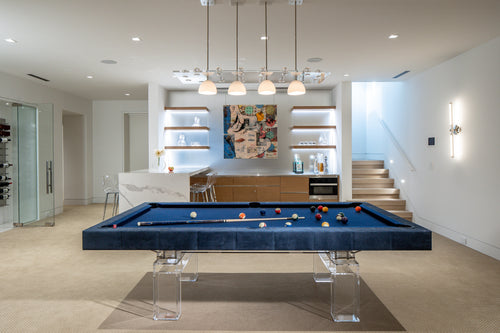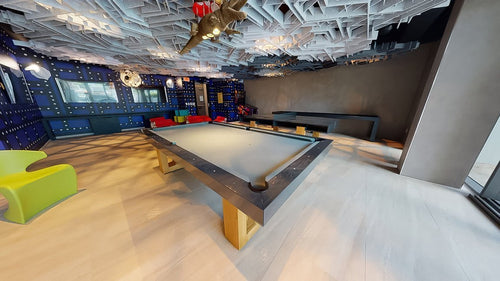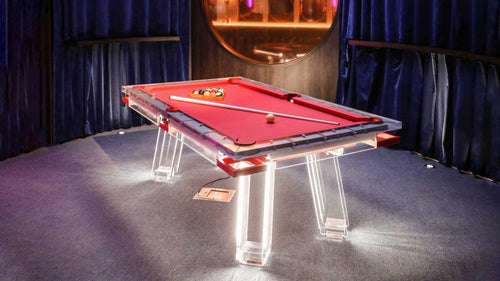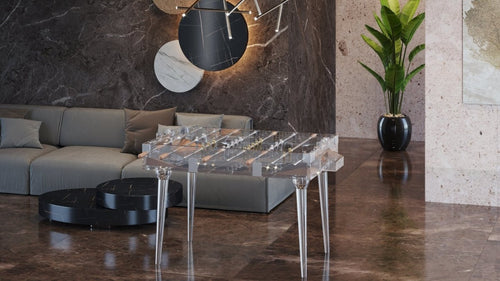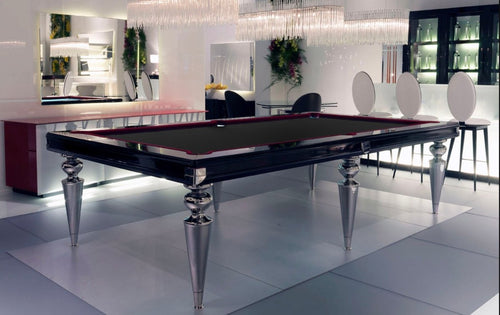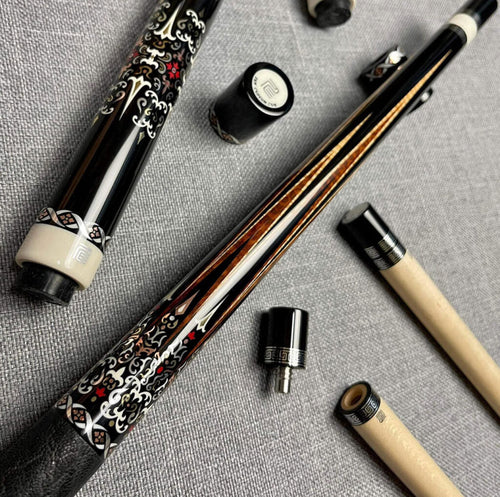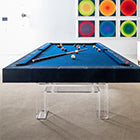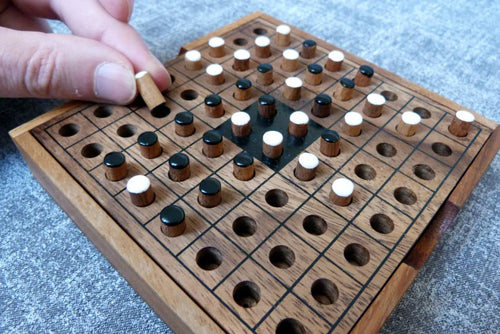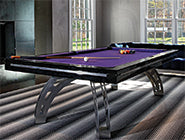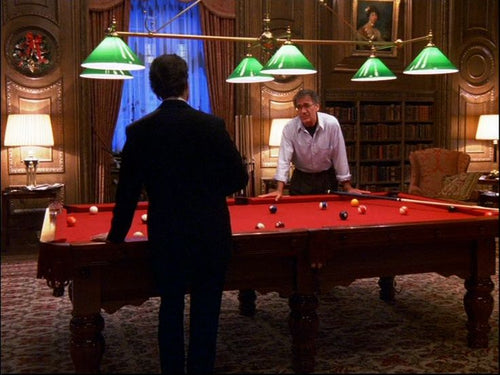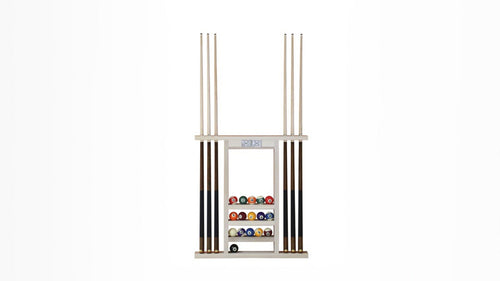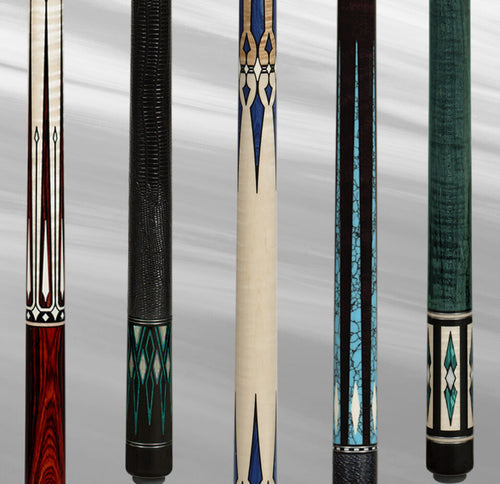Enjoy our modern designs
Estimated Read Time: 8 mins |
The Federal Style in America, dating roughly from 1780 to 1830, marks a transition from the Colonial era into a design language defined by refined classicism. Born in the aftermath of the American Revolution, this period embraced Neoclassical ideals with increasing sophistication, reflecting the nation's identity-building phase and a growing desire for architectural and decorative independence.
Architectural Origins and Influences
Federal style architecture developed from English Georgian roots, incorporating ideas from Renaissance theorists like Palladio and Serlio, alongside newly available archaeological knowledge. Publications like Antiquities of Athens by James Stuart and Nicholas Revett were critical in this evolution, helping steer American taste toward Greek, rather than Roman, precedents.
- Thomas Jefferson: Exposure to French Neoclassicism and ancient Roman architecture led to the Virginia State Capitol (1785), modeled on the Maison Carrée. Monticello and the University of Virginia showcase Palladian influence and Jefferson's inventiveness with columned porticos, domes, and hidden staircases.
- Charles Bulfinch: Architect of the Massachusetts State House (1795–7), brought Adam-style delicacy to public architecture. Boscobel (1805) in New York features columned porticos and ornamental plaster.
- William Thornton: Designer of the original Capitol Building in Washington, D.C., introduced monumental Neoclassicism into American civic architecture.
- Benjamin Latrobe: Designed the Bank of Pennsylvania (1798–1800), the first to use Greek orders in American architecture. His work on the Decatur House and St. John’s Church advanced the Federal architectural language.
Federal Interiors and Furnishings
Interiors were elegant and restrained, favoring balance and proportion. Decorative elements were inspired by Greek ornament, including moldings, columns, and classical motifs. Walls were often painted, papered, or paneled with wood. Chinese wallpaper, French scenic prints, and Dutch tiles were prized imports among the wealthy.
- Fireplace walls with wooden paneling or wainscoting
- Symmetrical room layouts with oval rooms and domed ceilings (e.g., The Woodlands, Gore Place)
- Use of mirrors, clocks, and pianos as central decorative features
Furniture Design
-
Early Federal (Hepplewhite/Sheraton influence):
- Delicate, straight lines; mahogany with inlays and veneers
- Motifs: shells, floral baskets, leaves
- Slender, straight or turned legs; tambour doors
-
Late Federal (Empire/Regency influence):
- Heavier, bolder forms
- Claw feet, scroll arms, lyre backs, brass trims
- Inspiration from Greek vases and French Directoire
Key cabinetmakers:
Samuel McIntire — Adam-inspired carvings (fruit, floral motifs)
Duncan Phyfe — Iconic New York cabinetmaker blending neoclassicism with local craft. Known for reeding, pedestal tables, and later, Empire-style influences.
Regional centers of production: Boston, Philadelphia, Newport, and Baltimore.
Materials and Imports
The Federal era saw greater domestic manufacturing of goods once imported, including mirrors, clocks, and textiles. Yet, Chinese porcelain, oriental rugs, French wallpapers, and English silver remained markers of status.
The Shift to Greek Revival
By the 1820s, Federal design’s increasing focus on archaeological correctness paved the way for the Greek Revival. The use of Greek orders in buildings by Thornton and Latrobe, and the classical motifs in Phyfe’s furniture, signaled a growing passion for pure Hellenic forms. The Lee Mansion is a prime example, modified with a Greek-style portico to become a "Temple house."
Cast Iron: Industrial Elegance
As America industrialized, cast iron emerged as a revolutionary material in both structure and ornament.
Characteristics:
- Low cost, high strength
- Easily cast into classical, Gothic, or exotic forms
- Enabled construction of multi-story buildings with slender columns and large glass surfaces
Urban Cast Iron Architecture
- Common in cast-iron districts of American cities
- Used in retail stores, warehouses, factories, and early skyscrapers
- Combined prefabricated iron units with glass, forming ornate yet functional façades
- Example: Schuyler, Hartley & Graham dry-goods store in New York
Limitations:
- Wooden floors made these buildings vulnerable to fire
Broader Uses:
- Cast iron was also applied to decorative trims, cookstoves, sewing machines, and fireplaces
- Celebrated at events like the 1876 Centennial Exhibition in Philadelphia for its functional beauty
Conclusion
The Federal Style reflects America's early national ambitions, fusing Enlightenment ideals with refined classical aesthetics. As the nation matured, so did its architecture and design, paving the way for more archaeologically rigorous styles like the Greek Revival and industrial advancements like cast iron construction. From hand-carved porticos to machine-cast columns, the Federal period marks the moment when America began designing its own identity.


